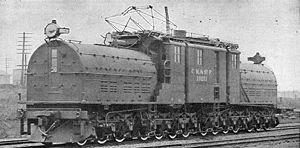jis
Permanent Way Inspector
Staff member
Administator
Moderator
AU Supporting Member
Gathering Team Member
From Amtrak:
You can read the full press release here.November 25, 2008Amtrak Selects Transportation Industry Veteran as President & CEO
WASHINGTON – The National Railroad Passenger Corporation Board of Directors announced today that it has chosen Joseph Boardman, a nationally recognized transportation industry professional, to become president and chief executive officer of the company, effective November 26.
Boardman offers nearly 34 years of experience in the surface transportation industry at city, county, state, and federal government levels; most recently as the administrator at the Federal Railroad Administration.





